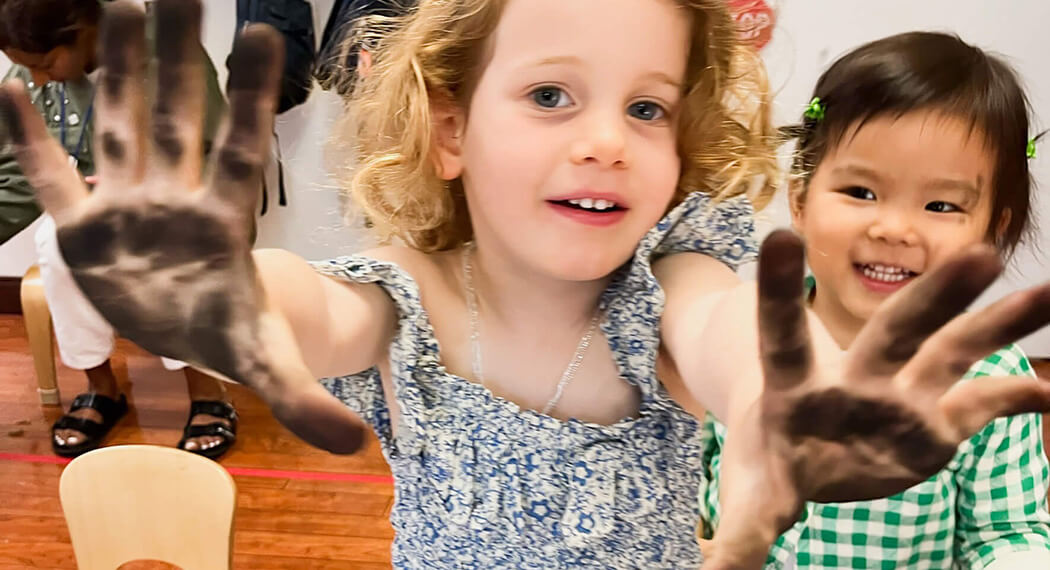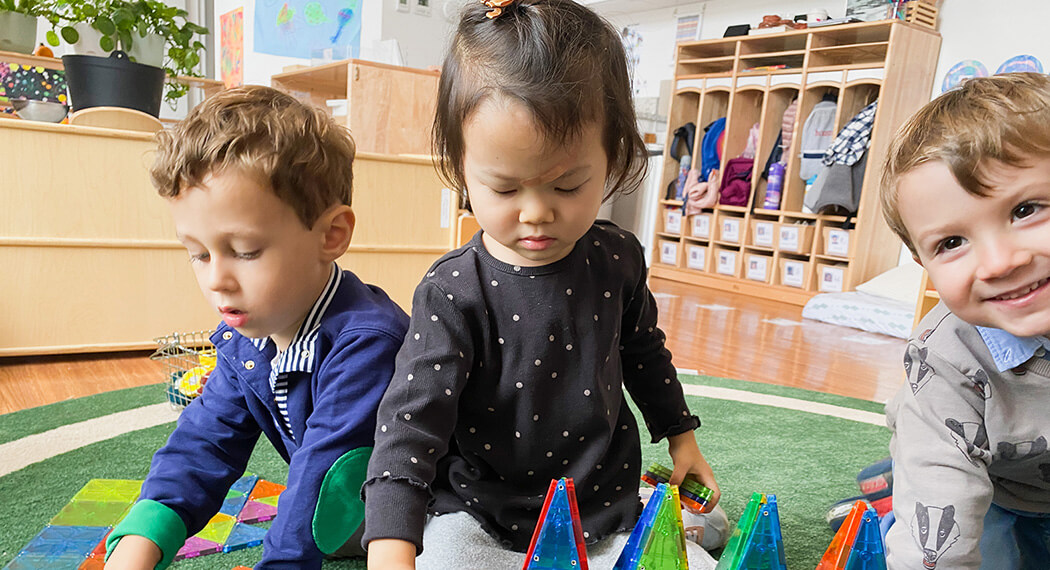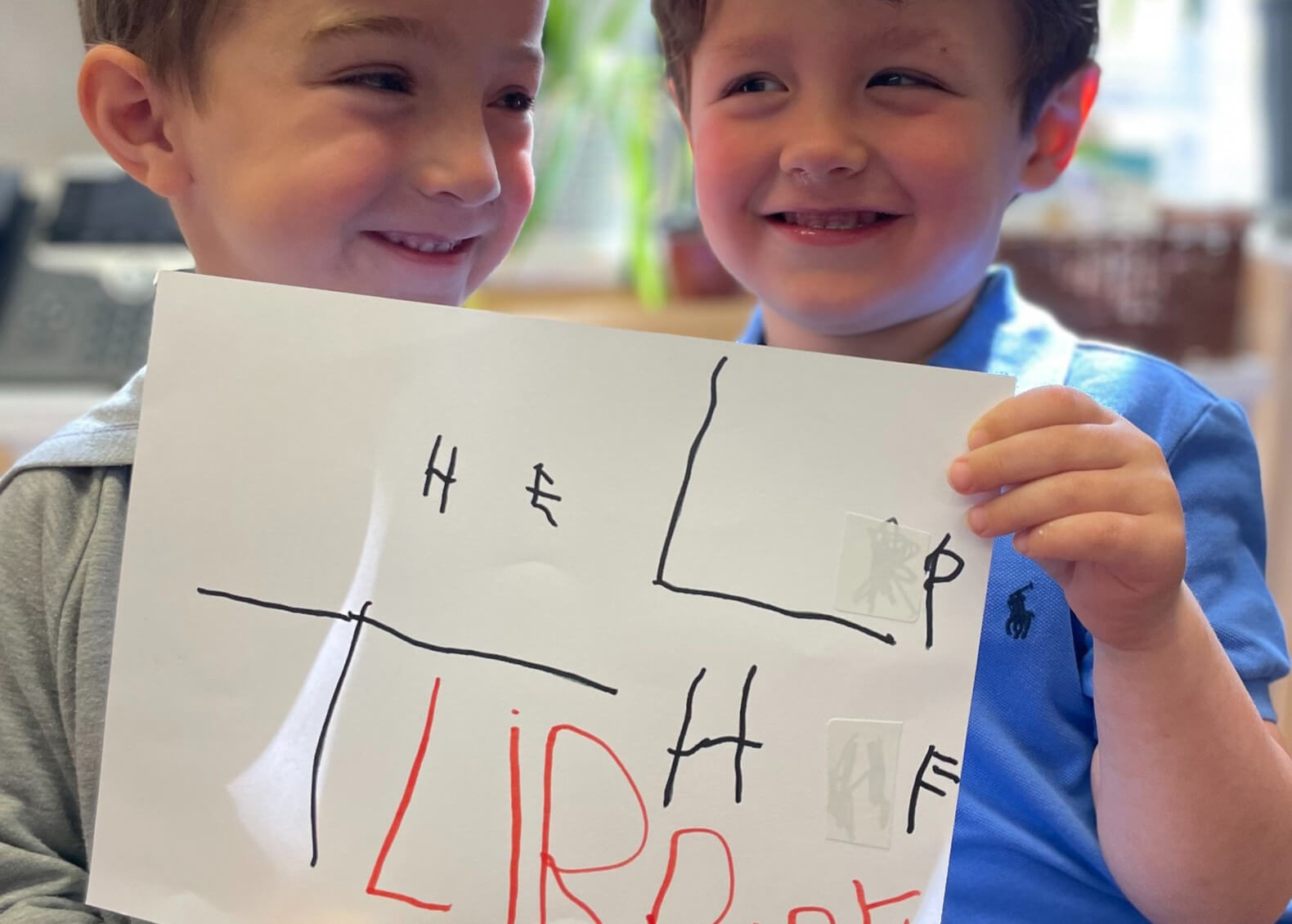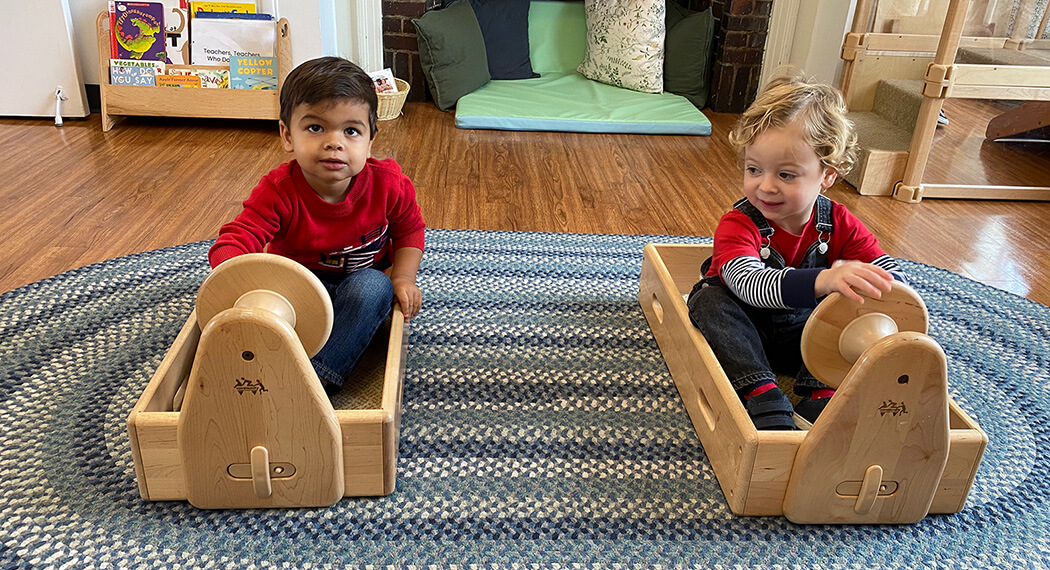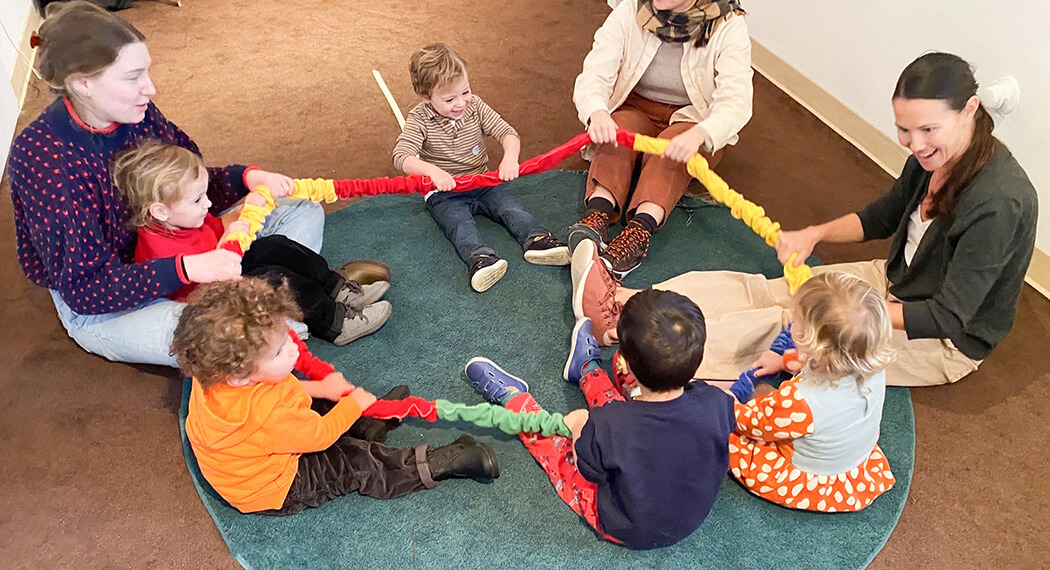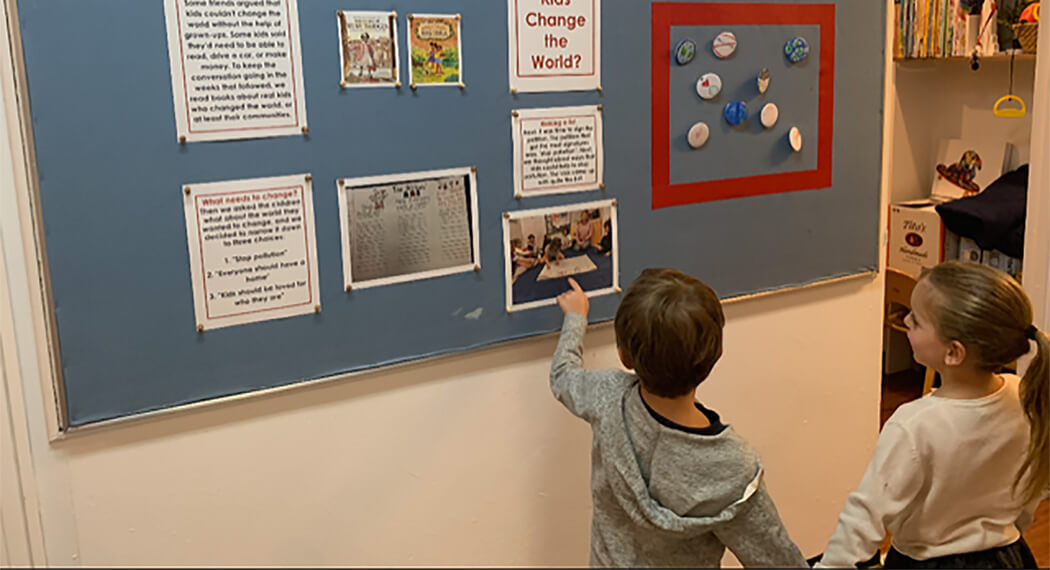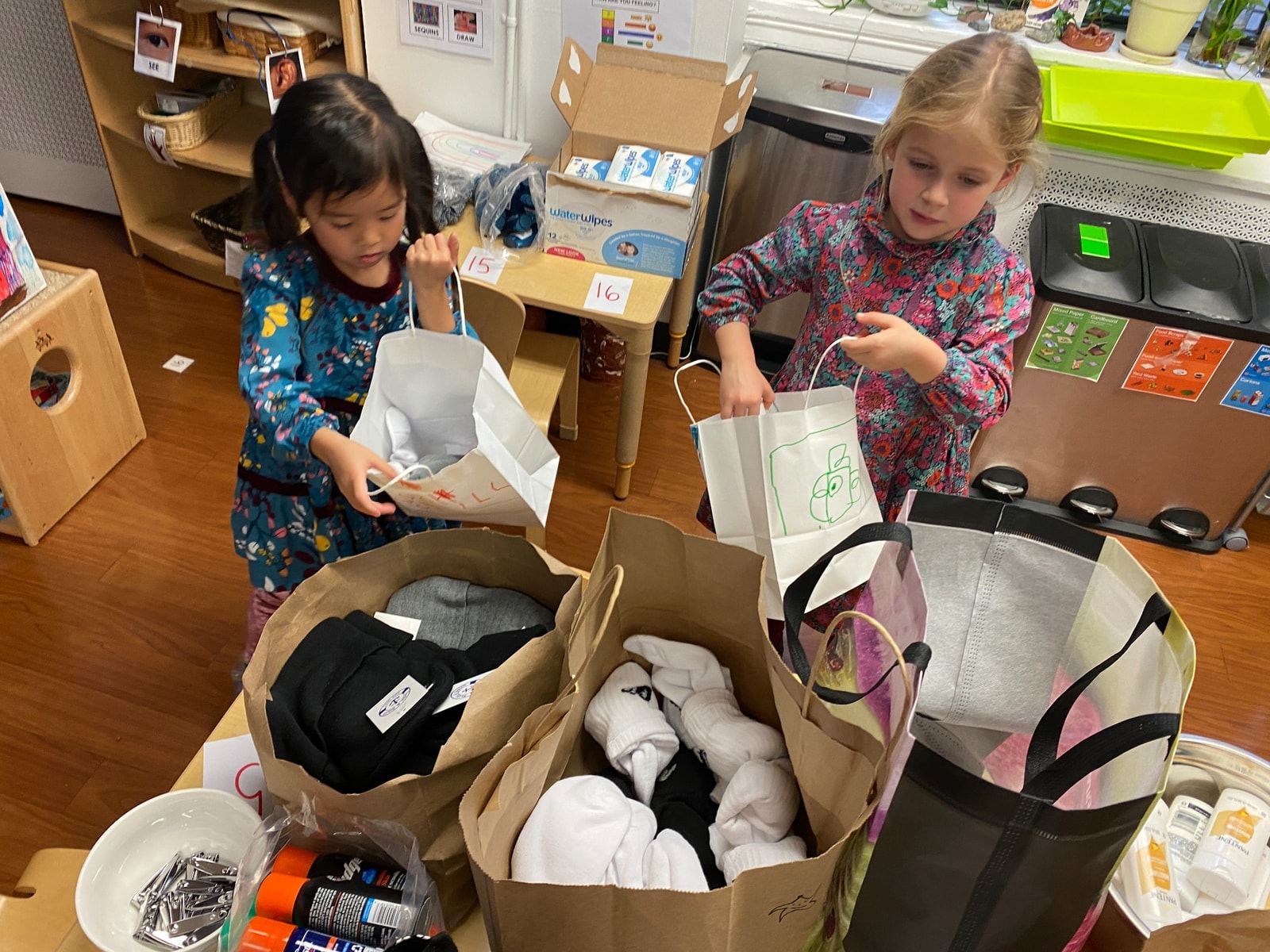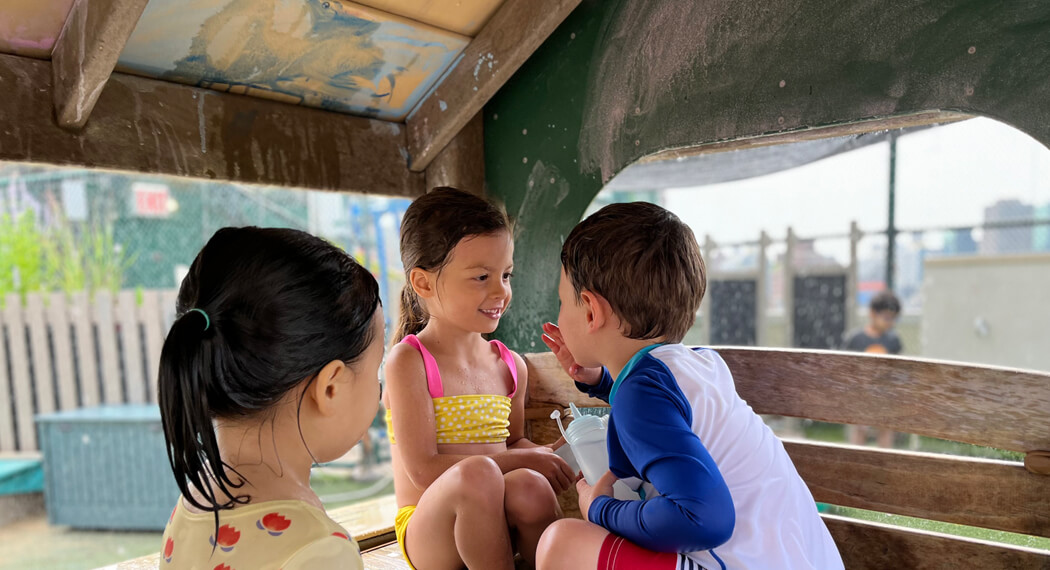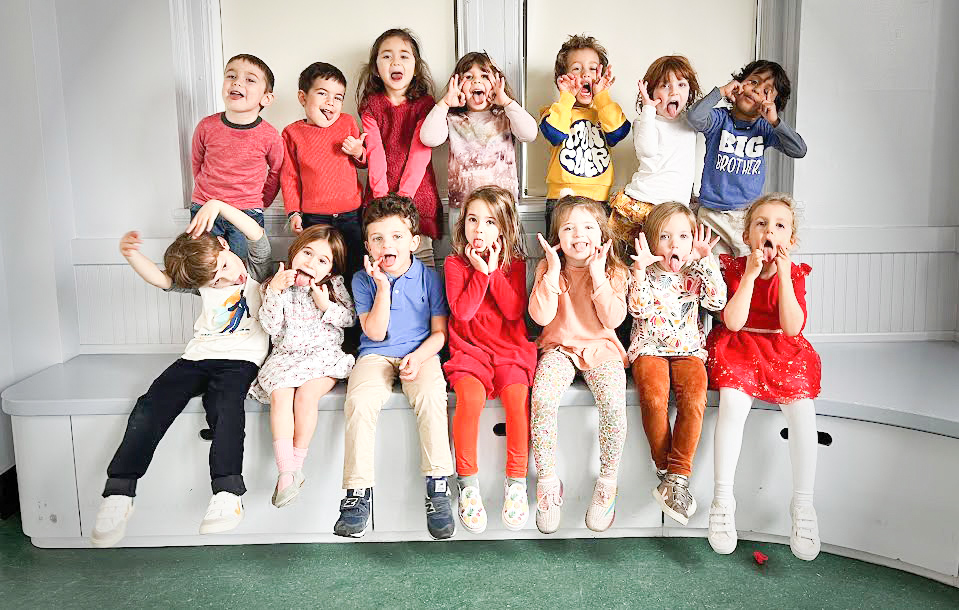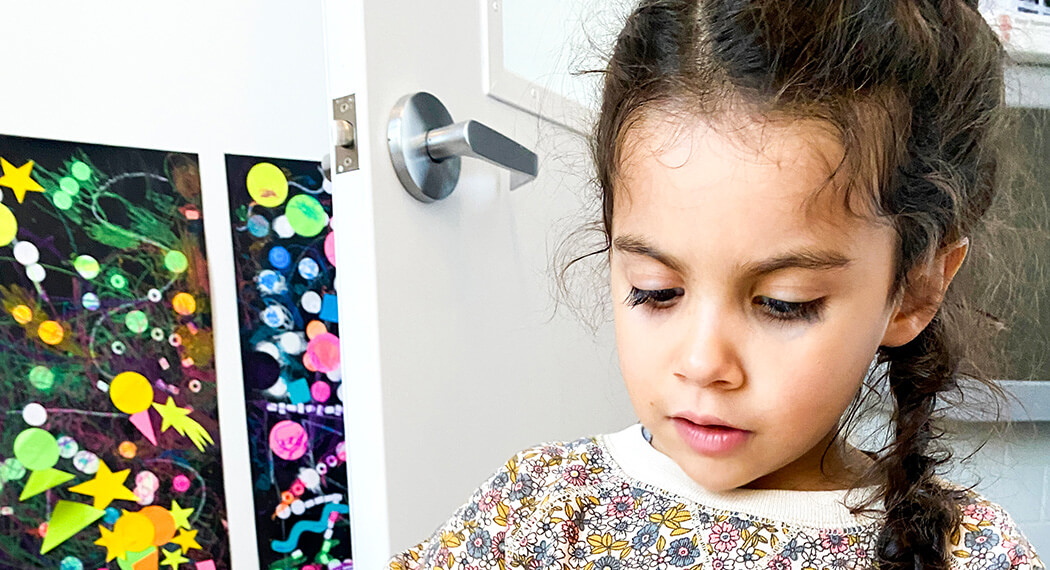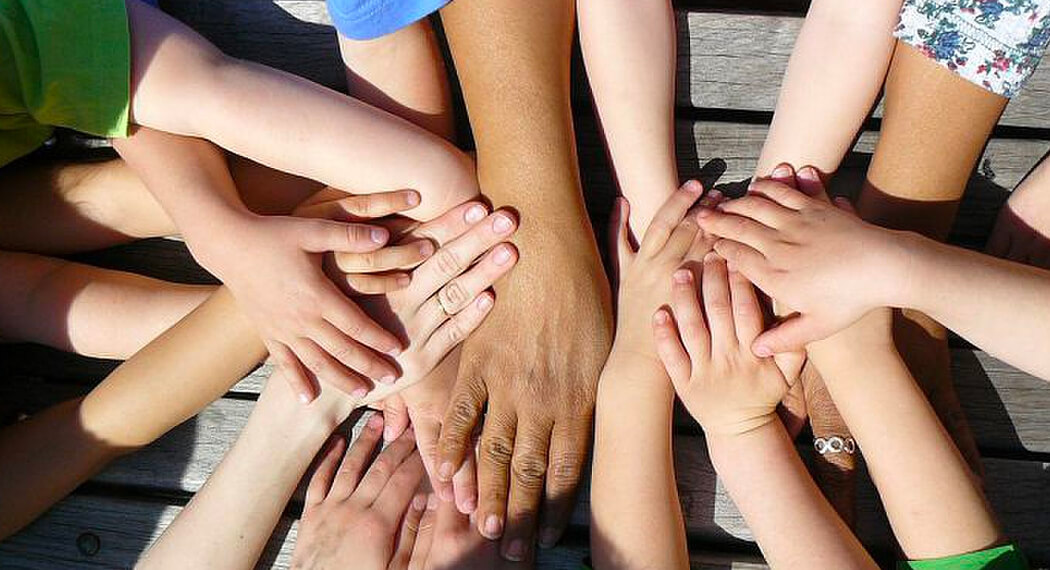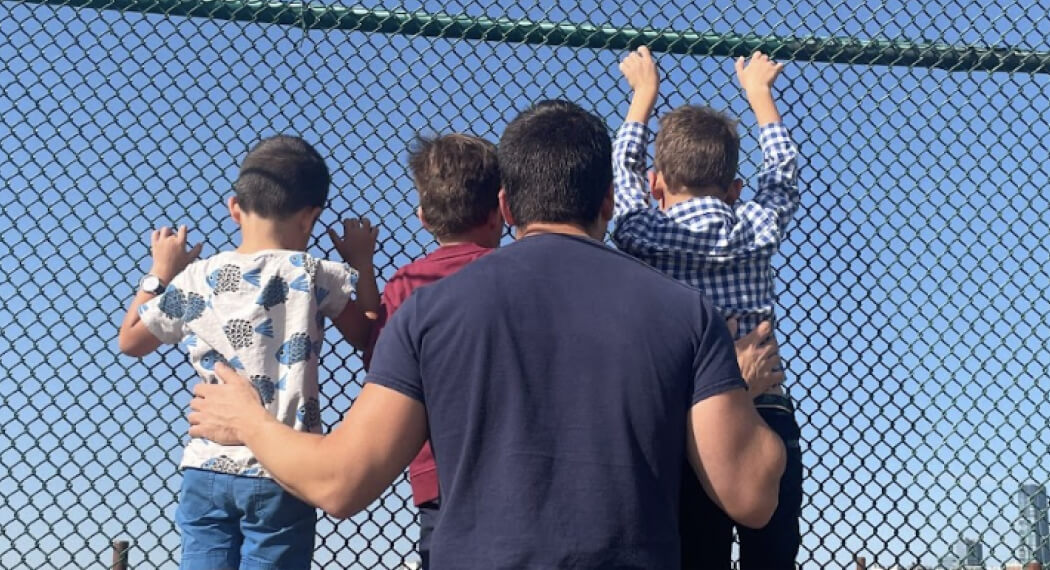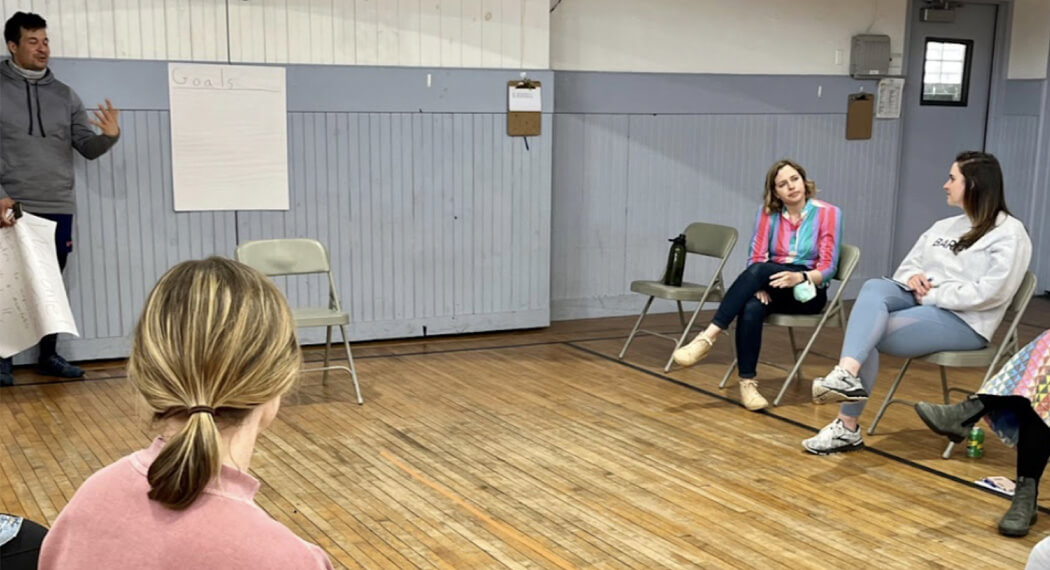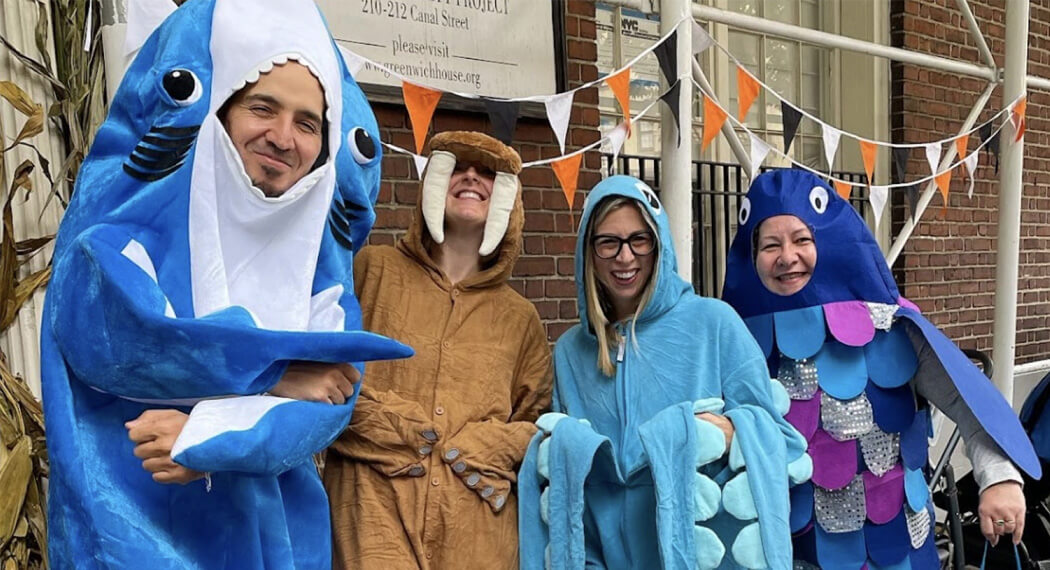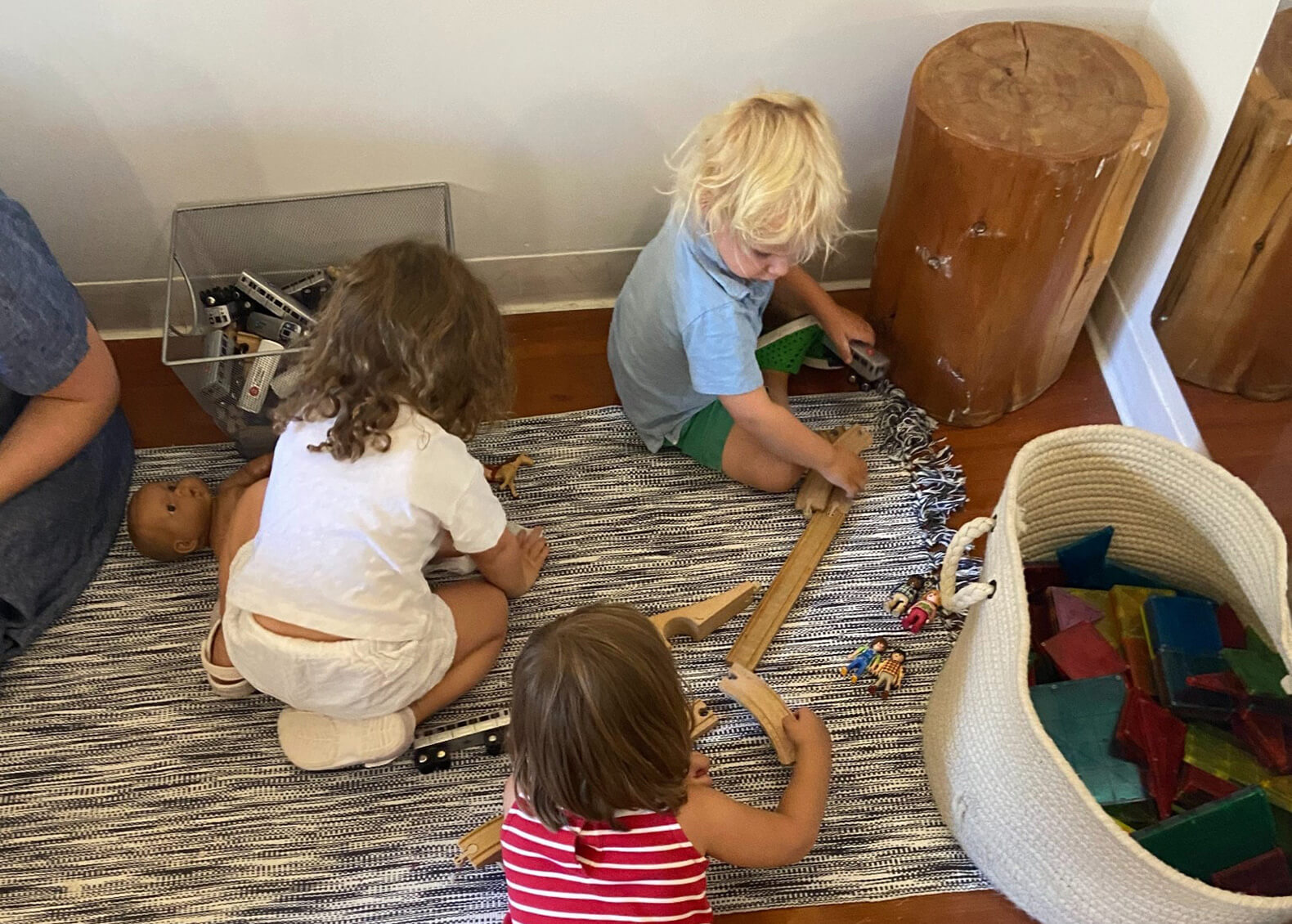Much of the work we engaged in this week surrounded separation and saying goodbye. This lifelong practice of coming and going, being together and being apart, will take many forms: sleepovers at a friend’s house, that first drive alone with a new license, moving into a college dorm, and visiting other countries. Although relatively small in comparison, these goodbyes that your family is practicing now are setting the stage for separations and reunions ahead.
Successful goodbyes does not mean that those moments will be tearless. Confident and warm goodbyes aren’t a magic fix to take away the strong feeling of separating. Even on the days when we do everything “right,” goodbyes may still feel tricky and hard. Thus, the goal of goodbyes is to help your child feel safe, seen, and understood as their confidence and comfort in separating builds.
Below are strategies that can help you and your child develop a strong and healthy practice around saying goodbye.
Always say goodbye. Even if your child is distracted or you anticipate your departure will cause them to feel angry or sad, it is important that you let them know that you are leaving. When a child’s adult disappears, it can feel confusing. Imagine you’ve just sat down to enjoy a cup of co-ee with a friend and they say they’re getting up to use the bathroom and never return. How would this make you feel? What sort of ideas might you develop about this person that you care for and trust?
Be concrete and specic when saying goodbye. “It’s almost time to say goodbye. I thought we could read one book before I go.” / “After you play, eat snacks, and go to the gym it will be time for me to come back.”/ “I have to go to work now. Tasha will pick you up after ballet.”
Create a predictable goodbye routine and oer strategies. “I have three kisses to give you before I leave. Where do you want them?”/ “It’s time to do our special handshake before I go.”/ “The book is almost finished. When it’s over it will be time for me to go.”/ “If you have missing feelings you can ask your teacher for a hug or look at your family picture.”
Be condent and understanding as you follow through on saying goodbye. This sends the message to your child that you know they are safe and capable. Confident phrases may include: “It’s hard to say goodbye. I will miss you too.” / “I think you are feeling angry that I have to leave. You can stomp your feet and say, “I’m mad.” / “I always come back. I know you’re safe here and there will be fun things to play.”
Celebrate and relish in your reunions. “I always come back. I said I would be back after you ate dinner and here I am. I missed you so much.”
Keep in mind that goodbyes can change. As changes in your child’s cognition occur, so can their understanding and how they experience and anticipate goodbyes.
Goodbyes can bring up a range of emotions for both adults and children. Some feelings we’ve observed this week are sadness, anger, relief, excitement, ambivalence, and contentment. We each have the right to feel what we’re feeling as we explore ways of expressing and experiencing our emotions fully. All of your child’s feelings and your own are welcome in our classroom.
Thank you all for another really successful week. It felt challenging, silly, exhausting, fun, and rewarding. Thank you for all of your support as we work towards helping your incredible children feel safe, seen, excited, and engaged at this place called school.
Pictures of your sweet potatoes in the wild can be seen below! There was lots of continued exploration of family life (especially phone calls!), playdough and building, trains/automobiles, and gross motor abilities afoot!
See you next week,
The Yellow Room




